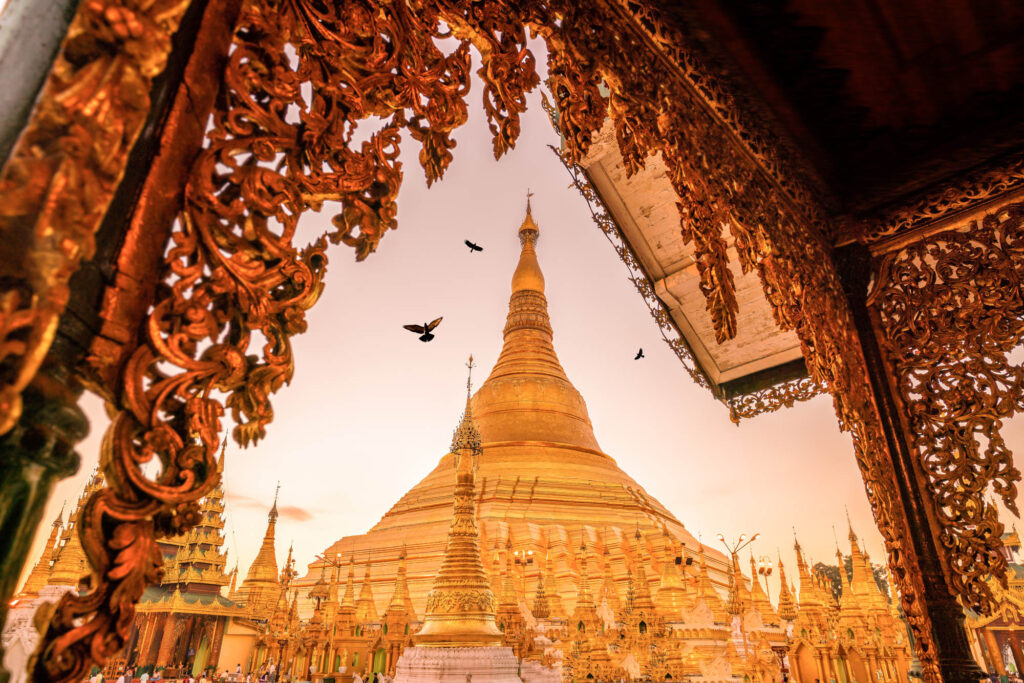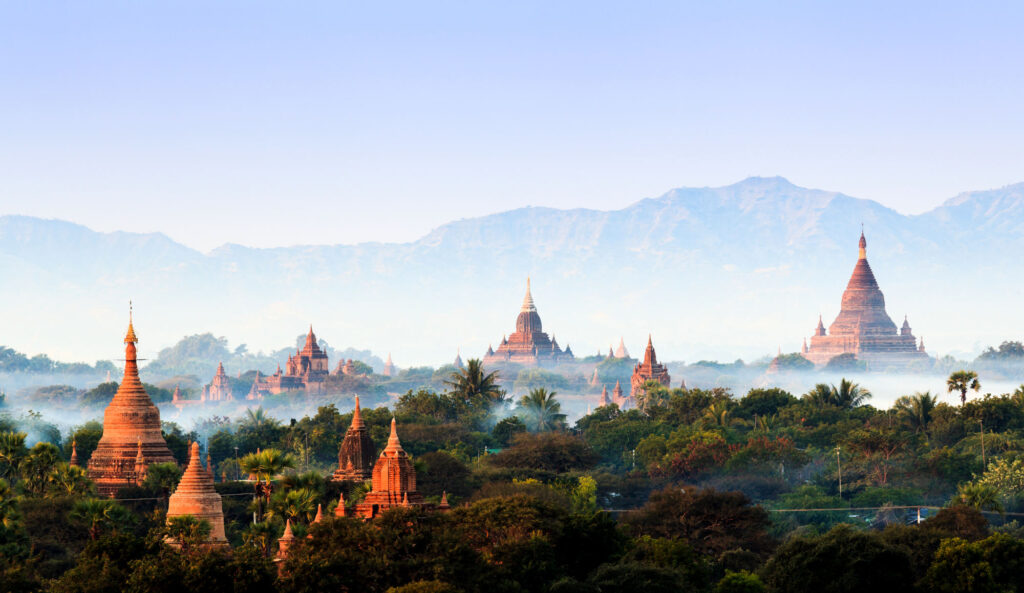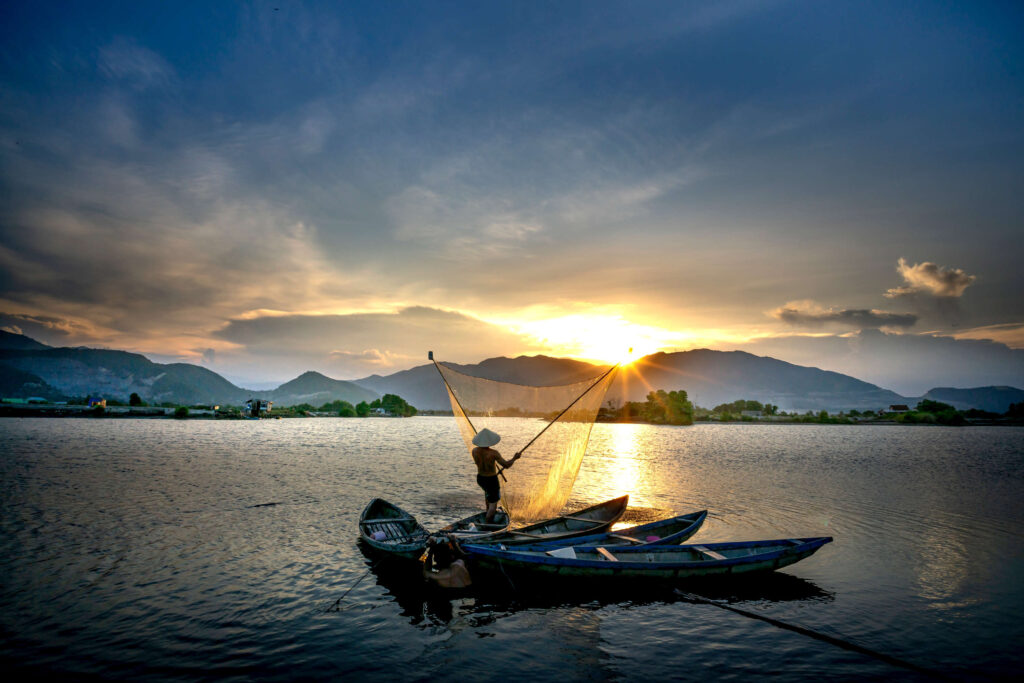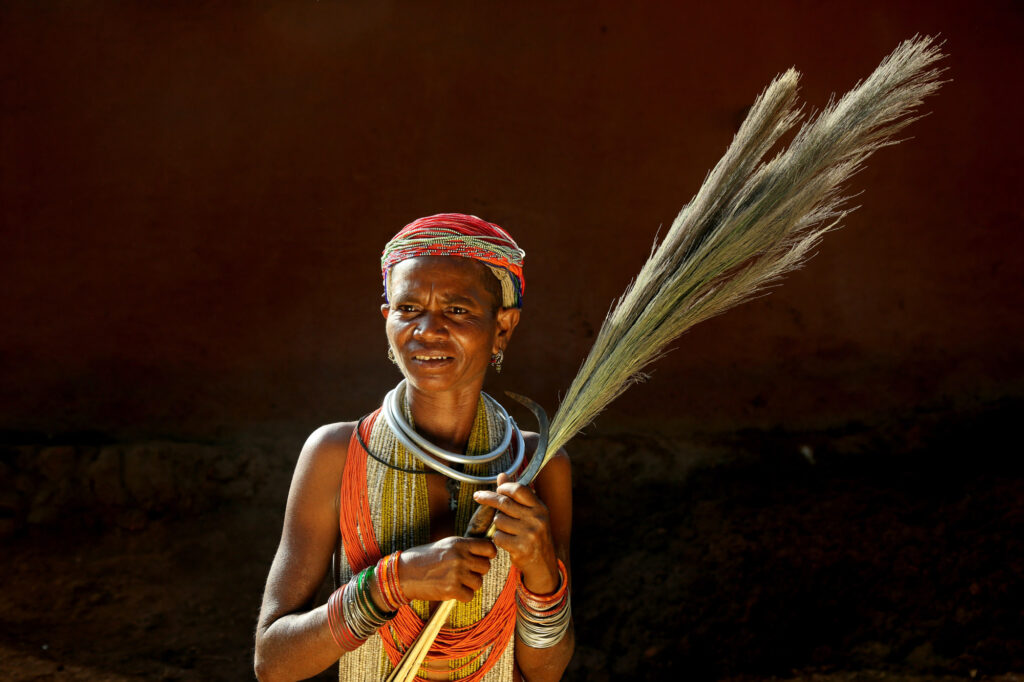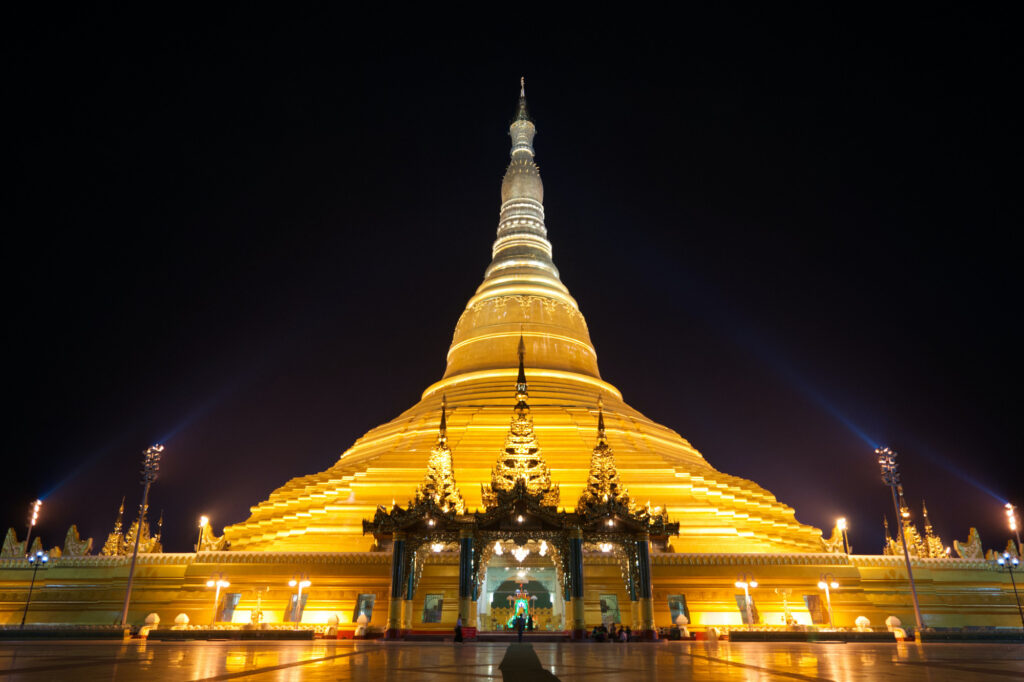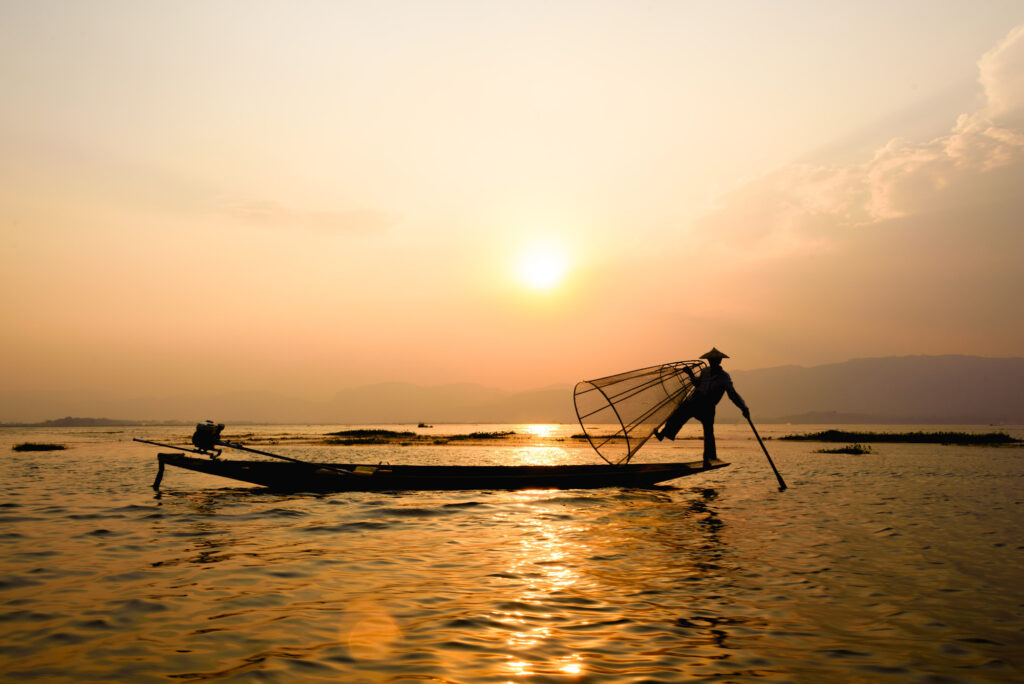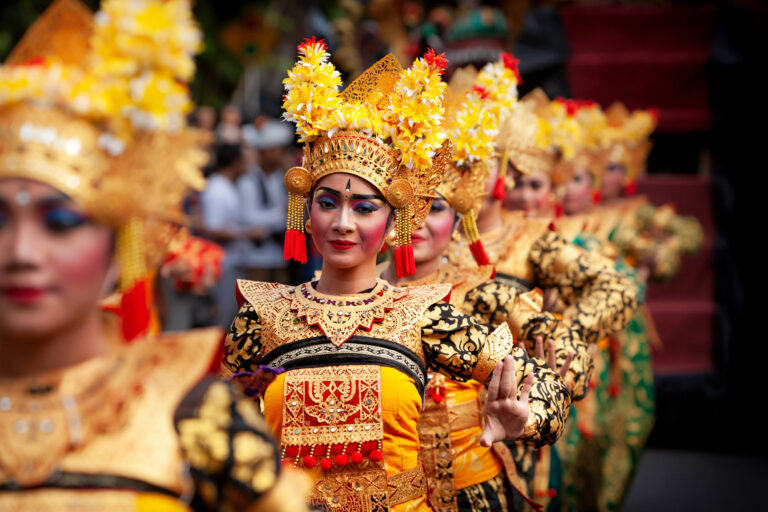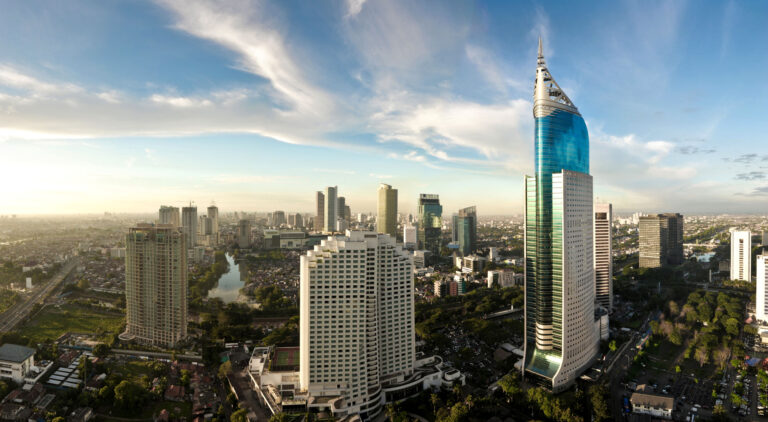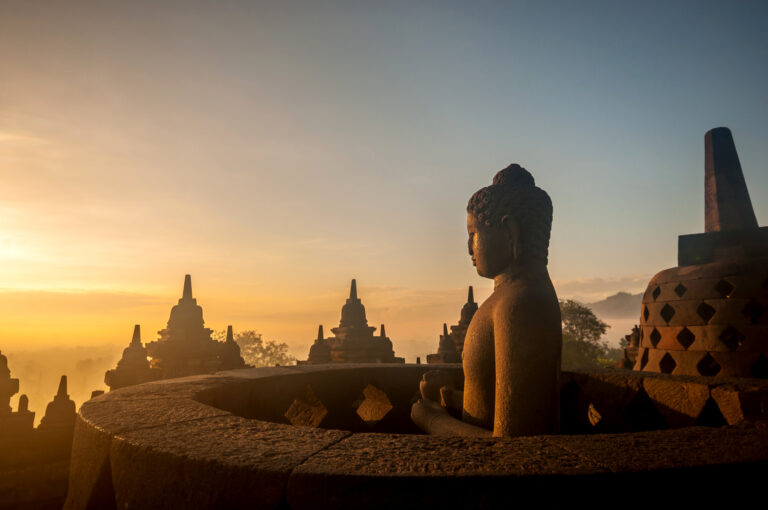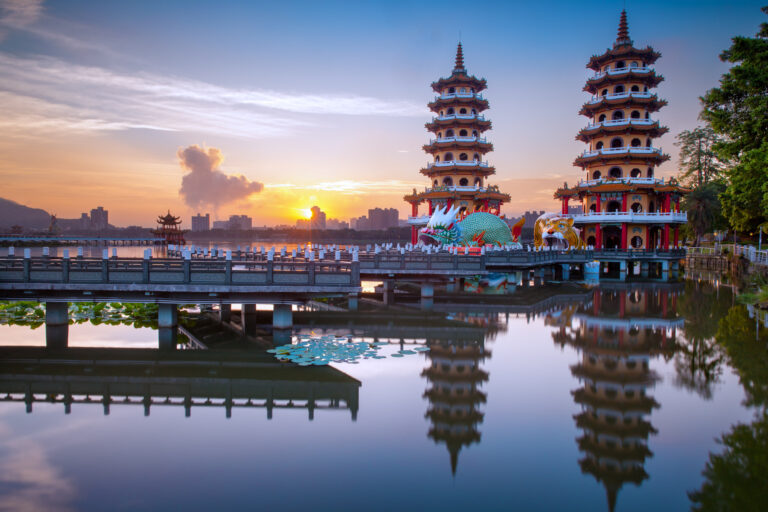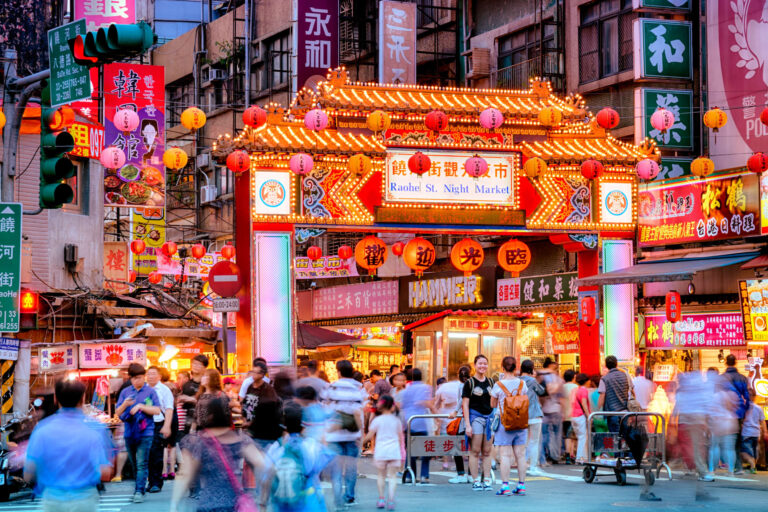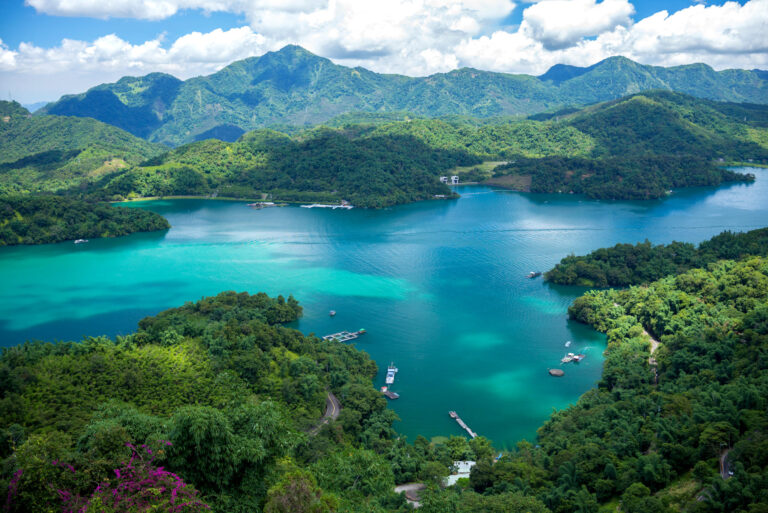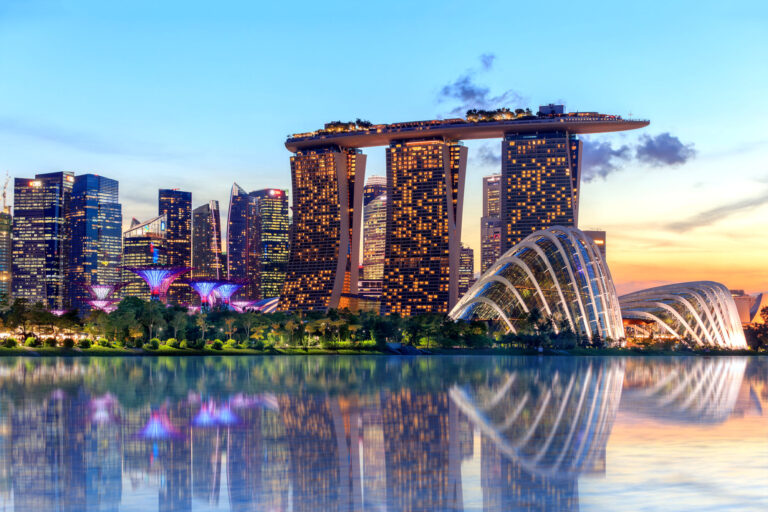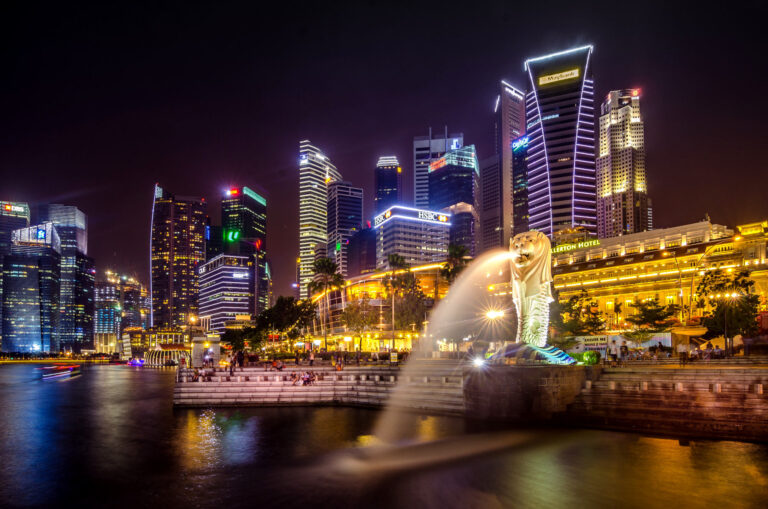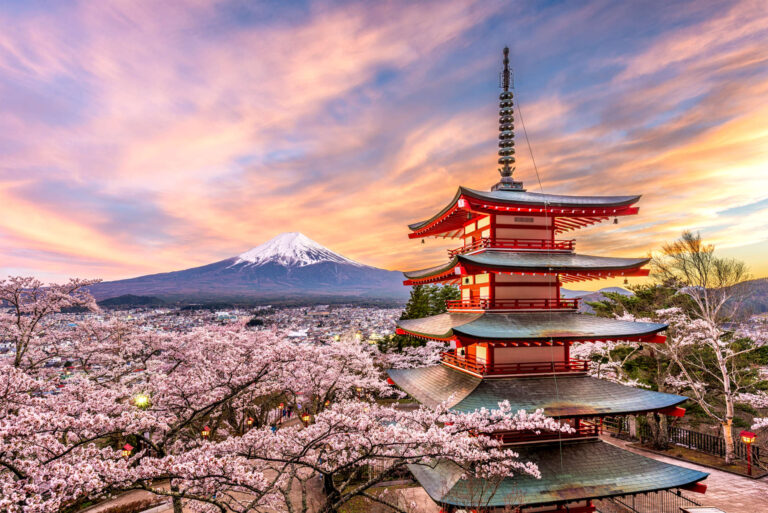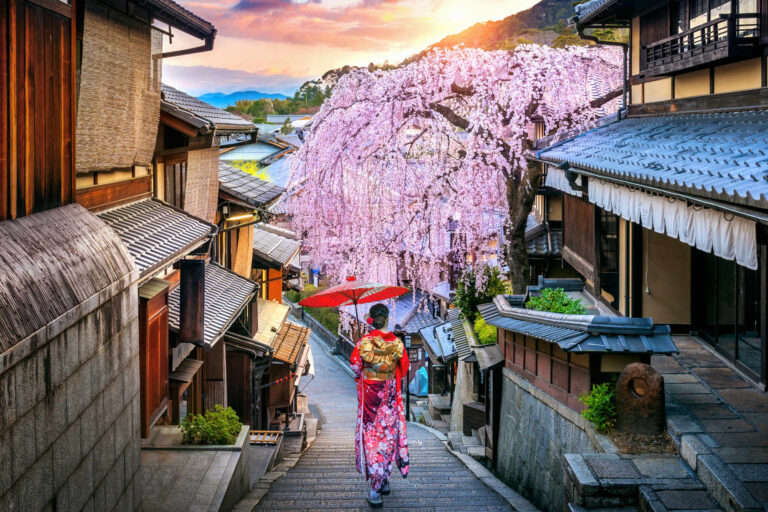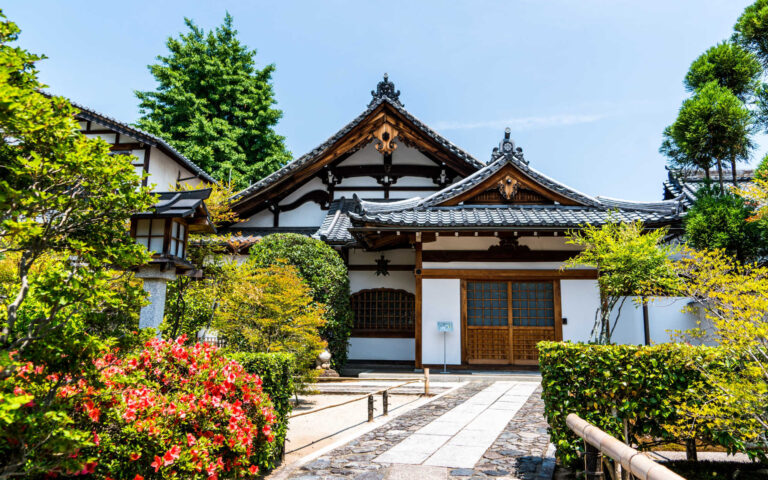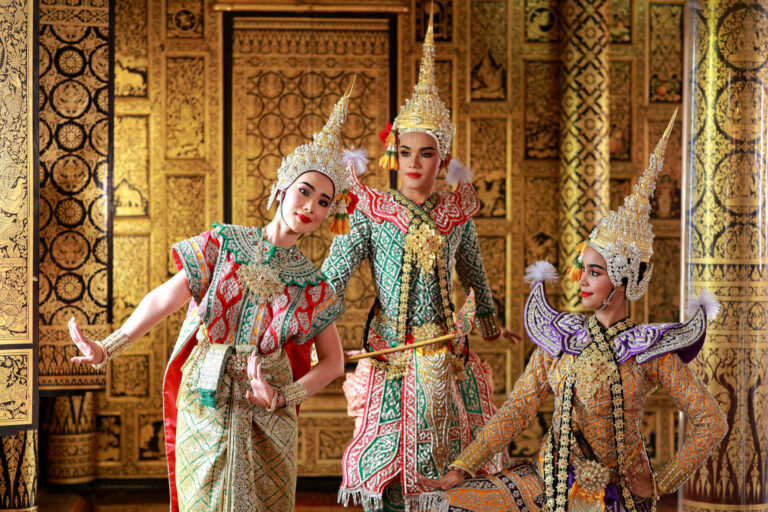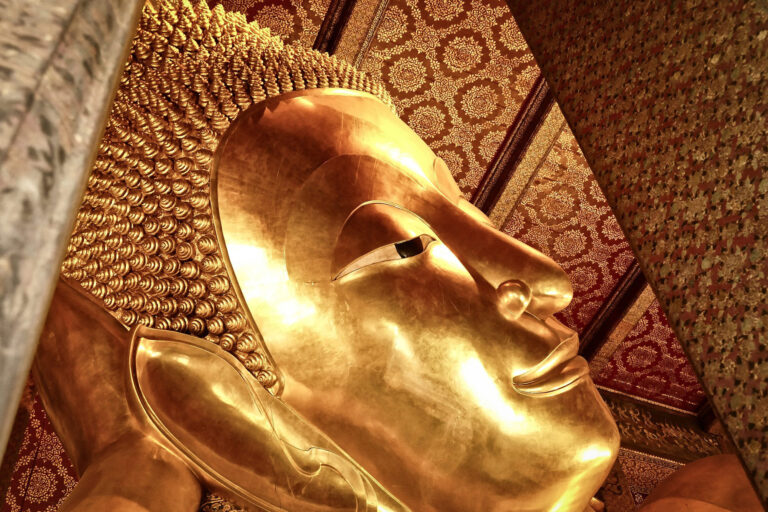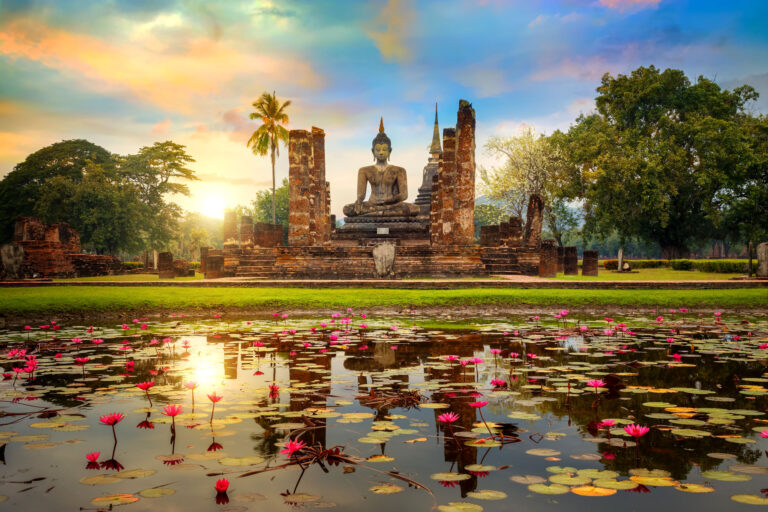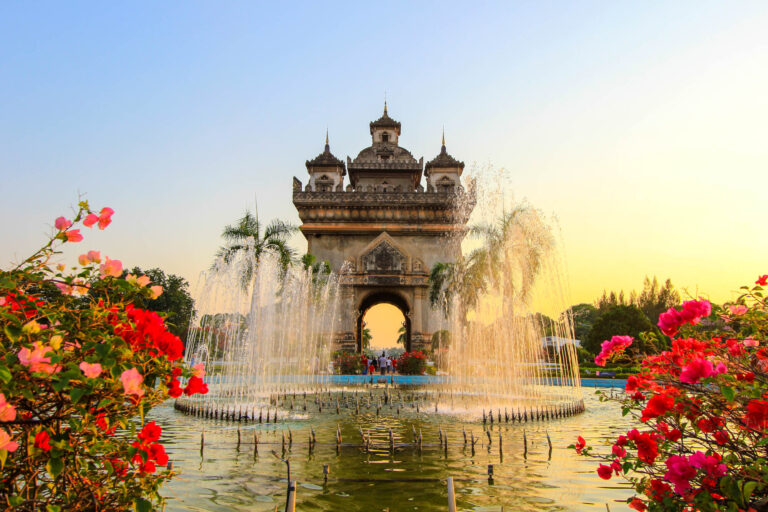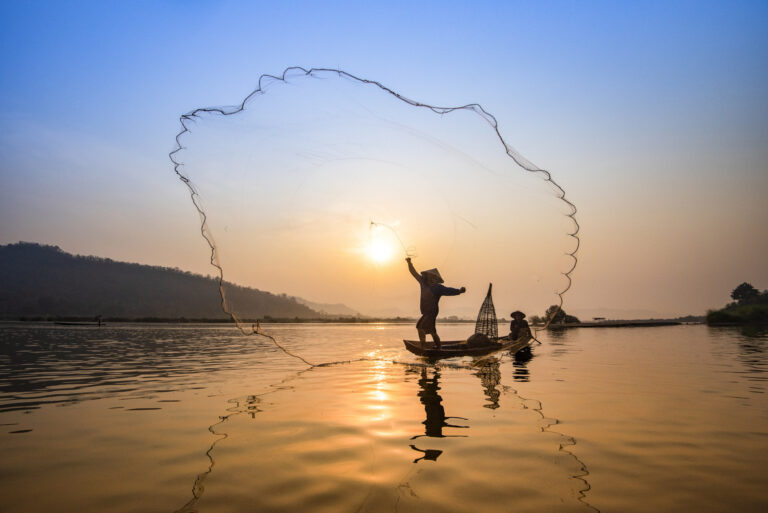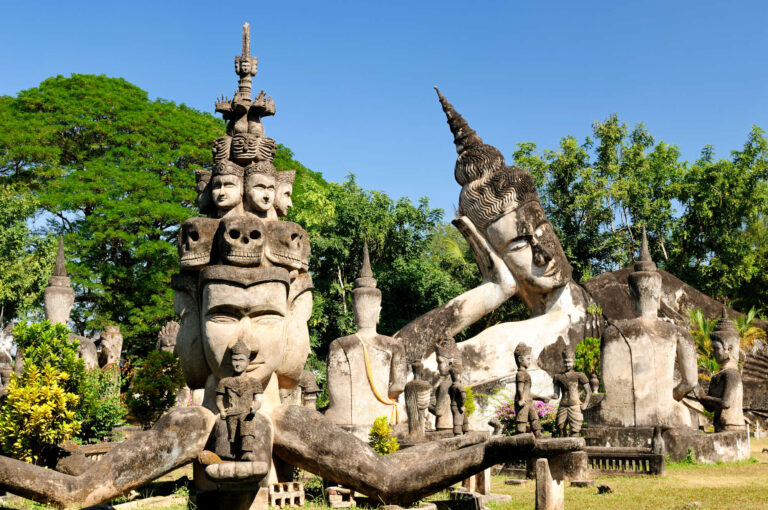
- COUNTRY
- prev
- next
THE COUNTRY
"This is Burma, a country like no other you have ever known": nothing describes Myanmar better than Rudyard Kipling's words. Nestling beneath the Himalayan peaks between India and China, and blossoming over the vast rice fields of the Bay of Bengal and the Andaman Sea, Burma was built to the powerful yet slow rhythm of the Irrawaddy River.
For more than 2,000 kilometres, as faithfully as anything the imagination has been able to create, there are lands of gold, ruby and jade, teak forests where white elephants and nymphs born of bamboo live...
- Shwedagon Pagoda in Yangon;
- Temples of Bagan;
- Inle Lake;
- Bogyoke Aung San Museum;
- Shwenandaw Monastery;
- Mandalay Royal Palace;
- Mandalay Hill;
- Pyu ancient cities (includes Halin,
- Beikthano, and Sri Ksetra)
- Private Jets, Helicopters and Airliners
- Finest Onboard Catering
- Ground Transport and Yachts
- Luxury Villa & House Rentals
- Local Guide & 24/7 Assistance
- Customized Global Services
TO BE KNOWN
-
The State's CapitalRangoon
-
Time ZoneUTC +6.5
-
Telephone Code95
-
Total Area676 578 Km2
-
Population57 970 293 (2023 est.)
-
Main LanguagesBurmese
-
CurrencyKyats (MMK)
-
GDP Per CapitaUSD 4000
-
Airports64
-
Heliports11
TRAVEL INFORMATION
Tropical monsoon; cloudy, rainy, hot, humid summers (southwest monsoon, June to September); less cloudy, scant rainfall, mild temperatures, lower humidity during winter
Burman (Bamar) 68%, Shan 9%, Karen 7%, Rakhine 4%, Chinese 3%, Indian 2%, Mon 2%, other 5%
It is impolite to sit on a chair with one's legs crossed, especially for women.
Mohinga — a fish and rice noodle soup enriched with a variety of ingredients either added to the soup or used as a dressing or garnish
Prior to COVID-19 and the February 2021 military coup, massive declines in poverty, rapid economic growth, and improving social welfare; underdevelopment, climate change, and unequal investment threaten progress and sustainability planning; since coup, foreign assistance has ceased from most funding sources

